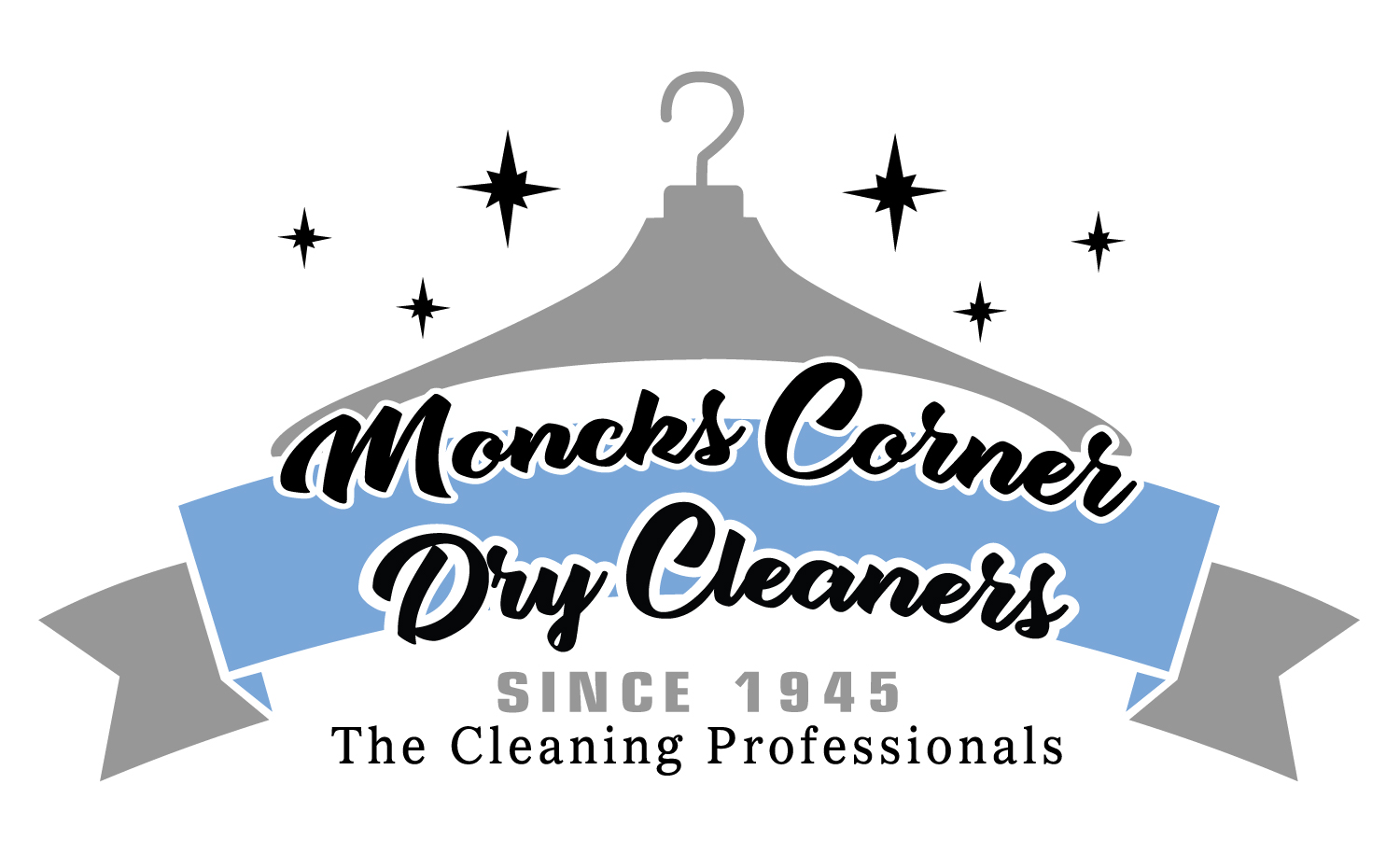Care Tips
Care Tips
Ink stains
Yes, hairspray may take out ballpoint pen ink stains…as well as the color of the garment! Do not use anything, just bring the garment as is and we will take care of it.
Chewing gum
Let the gum dry and use ice to harden the gum. This may cause the gum to dry out and become brittle enough to chip off the garment. Be sure to be delicate with thin fabrics. If you are not comfortable doing this yourself, just bring the garment as is and we will take care of it for you.
Nail polish and cosmetics
Cosmetics are made from various chemical compounds, making it very difficult to clean cosmetics by yourself. Leave this mess for professionals to take care.
Blood stains
Yes, this one is very difficult on all colored garments. Do not apply any chemical or water on blood stains. Bring your garment in with these types of stains for us to treat.
Candle wax
This one is very tricky. Leave this mess for professionals to handle.
Eggs
Do not wash in hot water as this will cause the stain to set, making it very difficult to remove.
Garment pressing
Never press garments which are soiled or have perspiration stains. This will cause the stains to set, making them permanent.
Garment storage
Do not store garments which have already been worn and may have perspiration or hair spray on them, especially silk, wool and leathers. Storing worn or dirty garments may damage the material of the garment, including losing colors.
Wine Stains
Here’s a quick tip—If you spilled red wine on a white shirt recently and decided to just dye it, please reconsider. Before you dye any clothing item, you must remove the stain. If you don’t, the dye will color the stained area differently from the rest of the fabric, and you’ll still see the spot!
Hand washing
You’re in a store and see a brightly colored sweater on sale. But wait, the care label says, “Hand wash in cold water.” You may think to yourself, “Hey, I’ll just throw it in the washing machine on the gentle cycle and that should be fine.”
WRONG! Don’t throw this type of garment in the washer, because you’ll probably be VERY unhappy with the results. Hand washing involves no agitation, wringing, or twisting of the fabric. Any machine wash cycle (yes, even gentle) involves agitation, which could damage the material.
If you really love that sweater and you must have it, then be sure to follow the instructions. Simply soak the item in cold water for 5 to 10 minutes, rinse and squeeze gently, then lay flat to dry.
Men’s Ties
Men’s ties can make a fashion statement. They can be humorous or entertaining. According to most garment manufacturers “Ties are a disposable garment and should not be cleaned.” Therefore, a majority of ties do not have any garment care label. They can be a real conversation piece, but ties can also become pretty weird looking because of excessive wear and cleaning or because of dye migration. If you have a tie that looks rippled or puckered, it’s probably because of the way the tie was made, according to the IFI. That’s because tie fabric is cut on a bias and is susceptible to stretching from tension and stress of tying and untying. Also, the materials used in ties can shrink during cleaning.
If your tie’s pattern suddenly starts to ‘bleed’ and migrate onto other shades, it’s probably because the dyes are not colorfast when coming into contact with water. Since a tie can get wet in the rain or snow, contact with water is pretty common!
Unfortunately, we can’t tell in advance how well a tie is made. We don’t know whether the manufacturer used unstable dyes, sizing, or finishes. And we can’t fix a tie that has experienced dye problems or becomes rippled.
We’re not trying to pass the buck, but that’s the truth about ties. If your tie does have problems, maybe it’s a good excuse to purchase a new one!
